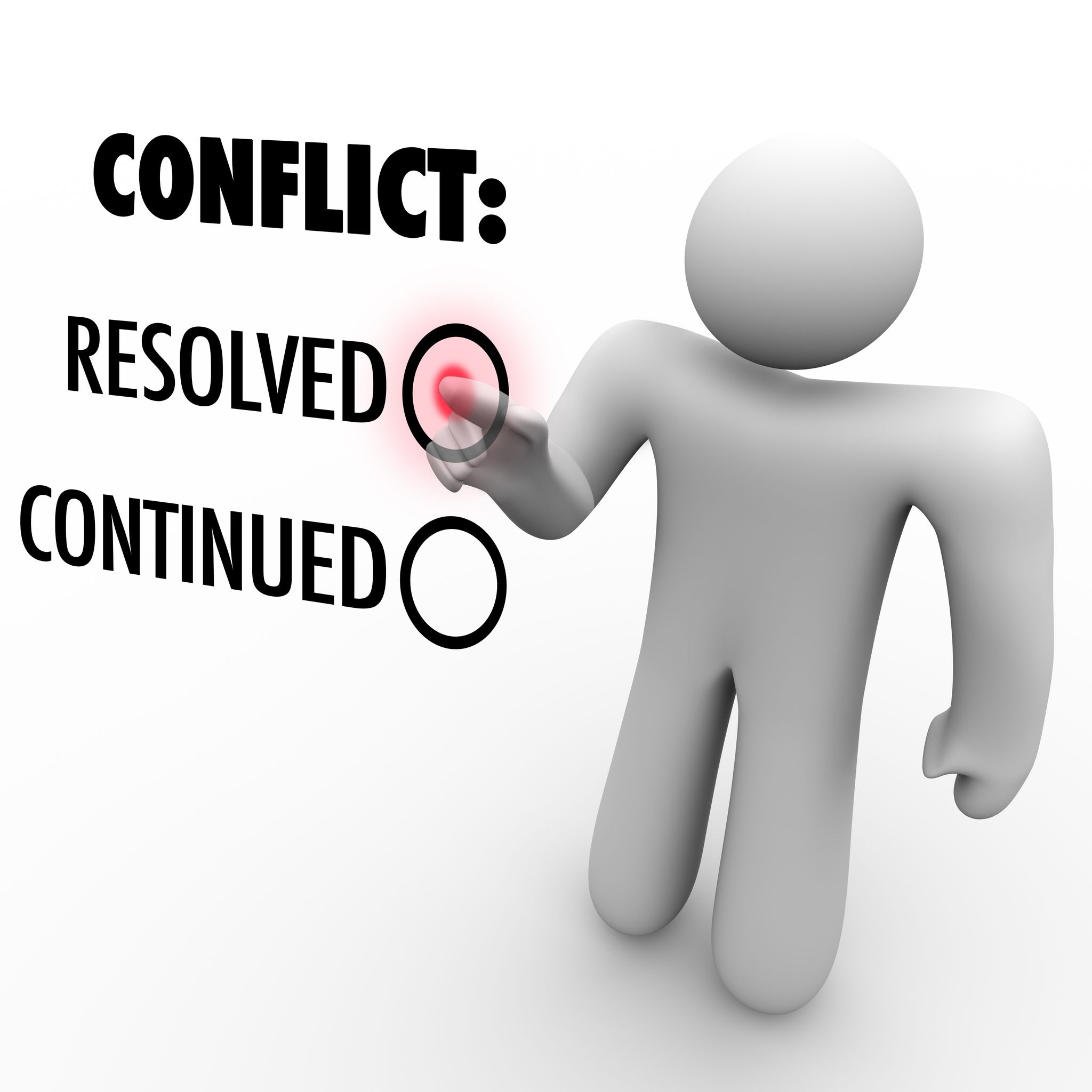6 De-Escalation Techniques to Diffuse Conflict

Conflicts can quickly escalate if not handled with care, especially in high-stress environments. Whether in the workplace, in customer service, or in personal relationships, knowing how to de-escalate tension is essential for maintaining safety, professionalism, and respect. De-escalation techniques are practical tools that help calm emotions, promote understanding, and shift focus from confrontation to collaboration.
Here are six proven de-escalation techniques to diffuse conflict effectively:
1. Stay Calm and Maintain Composure
Your tone, body language, and facial expressions can either ease or escalate a conflict. When tensions rise, consciously slow your breathing, speak in a calm, even tone, and avoid defensive gestures like crossed arms or eye-rolling. Your calm presence can help ground the other person emotionally.
2. Listen Actively Without Interrupting
Letting the other person speak without interruption shows respect and helps them feel heard—often reducing emotional intensity. Use active listening skills such as nodding, maintaining eye contact, and paraphrasing what they say to confirm understanding. This builds trust and can open the door to constructive dialogue.
3. Acknowledge Emotions and Empathize
Recognizing the other person's feelings doesn’t mean you agree, but it does show you care. Use phrases like, “I can see that this is really upsetting you” or “It sounds like you’ve had a frustrating experience.” Validating their emotions helps de-escalate defensiveness and creates a bridge toward resolution.
4. Lower Your Voice and Slow Your Speech
In tense situations, people often unconsciously mirror the emotional energy of those around them. By speaking more slowly and softly, you signal that the situation is safe and under control, encouraging the other person to mirror your calmness.
5. Avoid Blame and Use Neutral Language
Using accusatory or judgmental language can inflame conflict. Instead of saying, “You’re wrong,” try, “Let’s look at this from both sides.” Focus on facts, avoid sarcasm, and keep your words solution-oriented. Neutral language creates space for a more balanced exchange.
6. Set Boundaries and Offer Solutions
If the conflict continues to escalate, set clear but respectful boundaries. For example: “I want to help, but I need us both to stay calm for this to work.” Then, shift the focus to problem-solving. Offering potential solutions or compromises can redirect the energy from confrontation to collaboration.
Conclusion
Conflict is a part of life, but escalation doesn’t have to be. By using thoughtful de-escalation techniques, you can create safer, more respectful environments and turn moments of tension into opportunities for understanding. With practice, these techniques become powerful tools for building stronger relationships and resolving conflict with confidence.
- Arts
- Business
- Computers
- Jogos
- Health
- Início
- Kids and Teens
- Money
- News
- Recreation
- Reference
- Regional
- Science
- Shopping
- Society
- Sports
- Бизнес
- Деньги
- Дом
- Досуг
- Здоровье
- Игры
- Искусство
- Источники информации
- Компьютеры
- Наука
- Новости и СМИ
- Общество
- Покупки
- Спорт
- Страны и регионы
- World


